Ready to buy a new piano? What should you look at when making your final selection?
Since the majority of any piano – 85 percent – is made up of wood, its one of the first and best places to begin. Tone is created by the construction of the piano. And since that comes down to the type of woods and how it was finished, looking to the wood first will give you a good feel of the overall quality of the instrument.
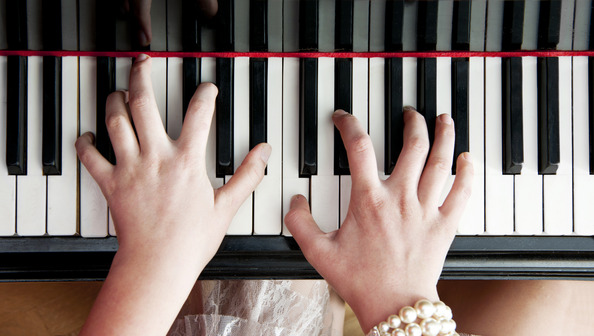 Maple is a very strong wood that can be moulded to form the intricate action parts within a piano. It has a tight, straight grain that gives a piano shape retention and durability. It also gives a vice-like grip on things like tuning pins and bridge pins.
Maple is a very strong wood that can be moulded to form the intricate action parts within a piano. It has a tight, straight grain that gives a piano shape retention and durability. It also gives a vice-like grip on things like tuning pins and bridge pins.
Spruce is one of the most commonly applied woods in creating the piano sound board. Because of its design and structure, it is considered one of the top tonal woods, and is often used in both pianos and acoustical guitars. Spruce is also often used as the braces for a piano because of its longer fibers.
Beech wood is typically used to manufacture the pin block or wrest plank. Pin blocks have up to 240 holes, one needed for every string within the piano. Pin blocks need to have a tight fitting placement to allow the turning pins. This tight fitting is what produced sound quality. Beech wood is both ridged and responds well to drilling and retaining its shape throughout the process and stress.
Bass wood is lightweight and easy to work with. Because it can be easily cut and crafted, its often chosen to create the piano keyboard.
Miscellaneous woods are used for many of the other production processes. For example, walnut makes an excellent choice for the cabinetry of a piano, including the architectural work and the decorative panels. Spruce makes a good choice for soundboards, keybeds, and upright back posts because of its lightness in weight and strength across the grains of the wood.
Does wood matter? In many ways it does. Start your searching process by asking what the piano was made from, and how it will impact the final sound and performance. You may be surprised at the answer.
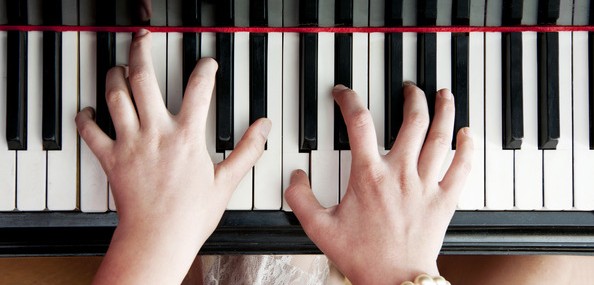
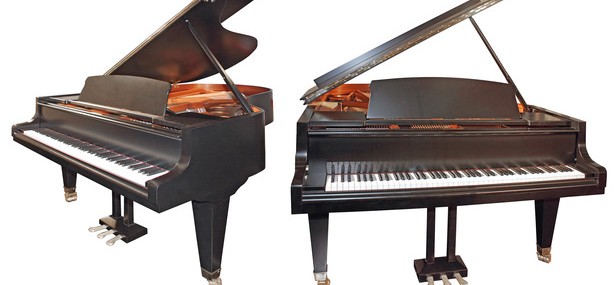
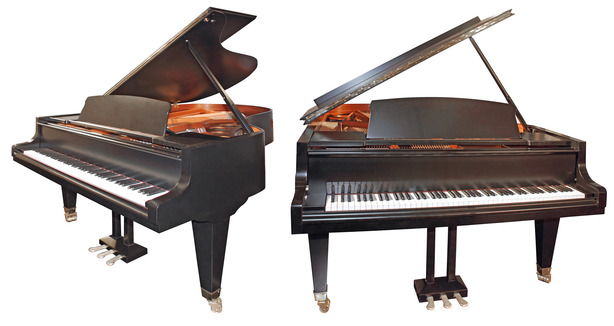 And when it comes to pianos, the top piano in everyone’s mind, the one piano that piano players desire to have more than any other, is a grand piano. Its their look, their style and their tone. Nothing says class quite like a baby grand showcased in your living quarters.
And when it comes to pianos, the top piano in everyone’s mind, the one piano that piano players desire to have more than any other, is a grand piano. Its their look, their style and their tone. Nothing says class quite like a baby grand showcased in your living quarters.
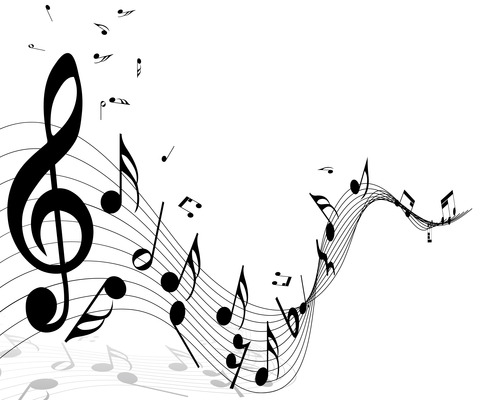
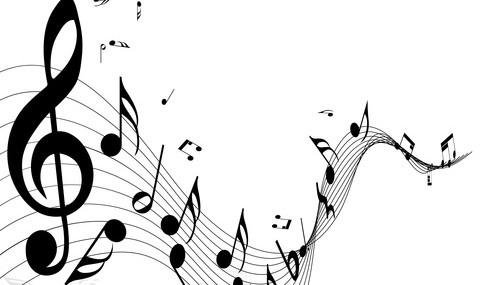
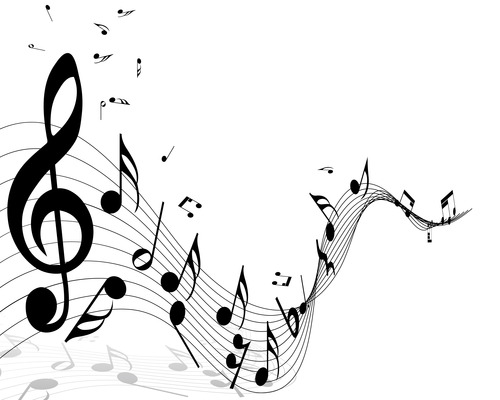 At first he loves it. However, once the new wears off, you may find yourself facing a child that does not want to practice anymore. He may have grown bored with the instrument, he may have hit a plateau in his studies, which is preventing him from reaching the next skill level, or he may simply not be in the mood to practice.
At first he loves it. However, once the new wears off, you may find yourself facing a child that does not want to practice anymore. He may have grown bored with the instrument, he may have hit a plateau in his studies, which is preventing him from reaching the next skill level, or he may simply not be in the mood to practice.
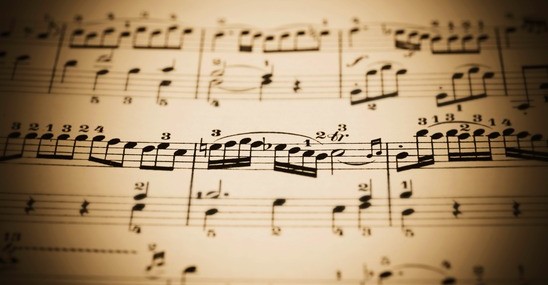
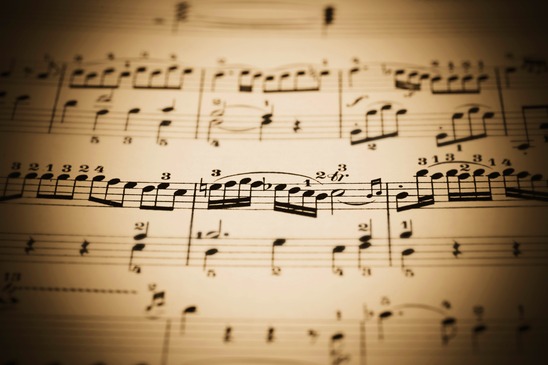 If you are considering learning how to play a keyboard or piano, you’ll want to know what the differences are between the two. There are some clear differences between keyboards and regular pianos that can make it easier for you to decide which would be easier to learn, or which instrument to own.
If you are considering learning how to play a keyboard or piano, you’ll want to know what the differences are between the two. There are some clear differences between keyboards and regular pianos that can make it easier for you to decide which would be easier to learn, or which instrument to own.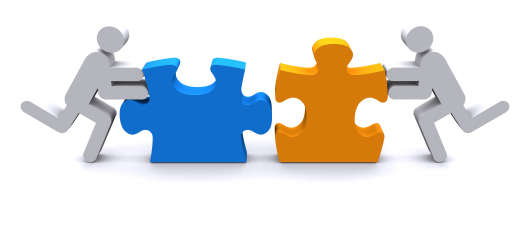

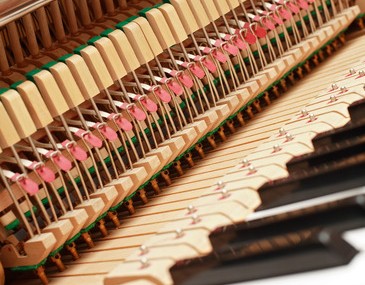
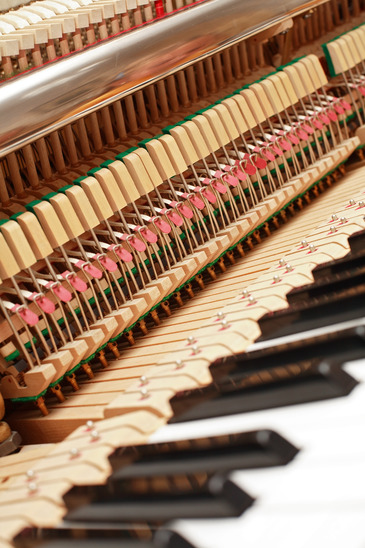 Here are some basic rules for caring for your piano so that it will last will years:
Here are some basic rules for caring for your piano so that it will last will years:
